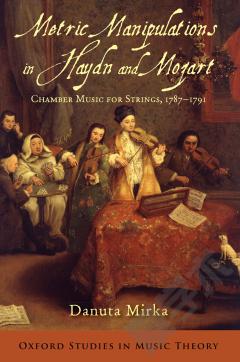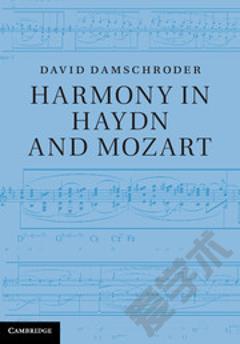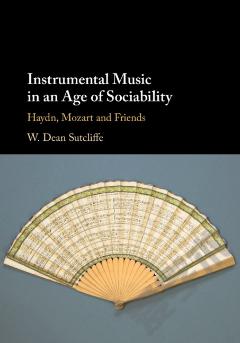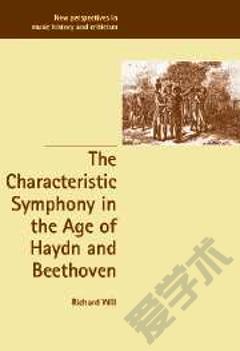Metric Manipulations in Haydn and Mozart —— Chamber Music for Strings, 1787-1791
----- 海顿和莫扎特的室内乐弦乐的公制操纵, 1787-1791
CHAPTER 1. MUSICAL METER BETWEEN COMPOSITION AND PERCEPTION 1.1. The Concept of Meter in the Late Eighteenth Century 1.2. Revival of the Hierarchical Concept of Meter in the Twentieth Century 1.3. Toward a Dynamic Model of Meter 1.4. Borrowing from a Different Model CHAPTER 2. FINDING METER 2.1. Statistical Parameters 2.1.1. Stress (Dynamic Accent) 2.1.2. Length (Agogic or Durational Accent) 2.1.3. Pitch (Melodic Accent) 2.2. Harmony 2.2.1. Harmonic Change 2.2.2. Harmonic Stability 2.3. Streaming and the Role of Bass 2.4. Cadence (Structural Accent) CHAPTER 3. SUSTAINING METER-CHALLENGING METER 3.1. Metrum and Regularity of Beats 3.2. Missing Beats 3.3. General Pauses 3.4. Fermatas 3.5. Syncopations CHAPTER 4. CHANGING METER I: CHANGE OF PERIOD 4.1. Imbroglio 4.2. Submetrical Dissonance 4.3. Hemiola CHAPTER 5. CHANGING METER II: CHANGE OF PHASE 5.1. Chains of Rhythmical Dissonances 5.2. Other Parameters in Displacement Dissonances 5.3. Imitation 5.4. Ligaturae, Retardation, Anticipation 5.5. Syncopated Accompaniment 5.6. Remark on Subliminal Dissonances CHAPTER 6. CHANGING METER III: CHANGE OF TACTUS 6.1. Changes of Taktteile in Compound Meters 6.2. Changes of Taktteile in Double Measures 6.3. Perceptual Factors 6.4. Taktteile and the Tactus CHAPTER 7. ANALYSES OF LONG-RANGE METRICAL STRATEGIES Haydn, String Quartet in C major, Op. 50 No. 2, First Movement Haydn, String Quartet in F minor, Op. 55 No. 2, Finale CHAPTER 8. WIT, COMEDY AND METRIC MANIPULATIONS IN HAYDN AND MOZART'S PERSONAL STYLES 8.1. Haydn 8.2. Mozart 8.3. Haydn's Earlier and Later String Quartets 8.4. Inconclusive Conclusion NOTES REFERENCES INDEX
{{comment.content}}





![Franz Haydn's 104th Symphony [1794-5];MIDI file](/book/cover/605e4cb4168e07298e3707ab.png)


 京公网安备 11010802027623号
京公网安备 11010802027623号